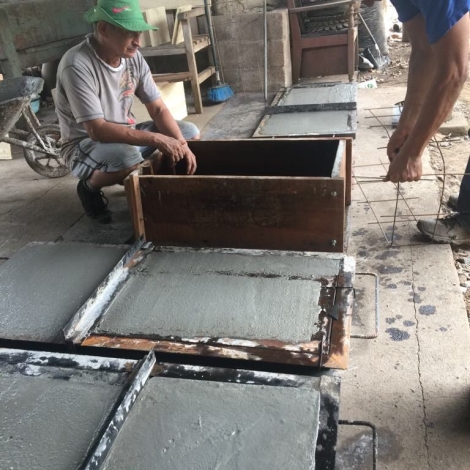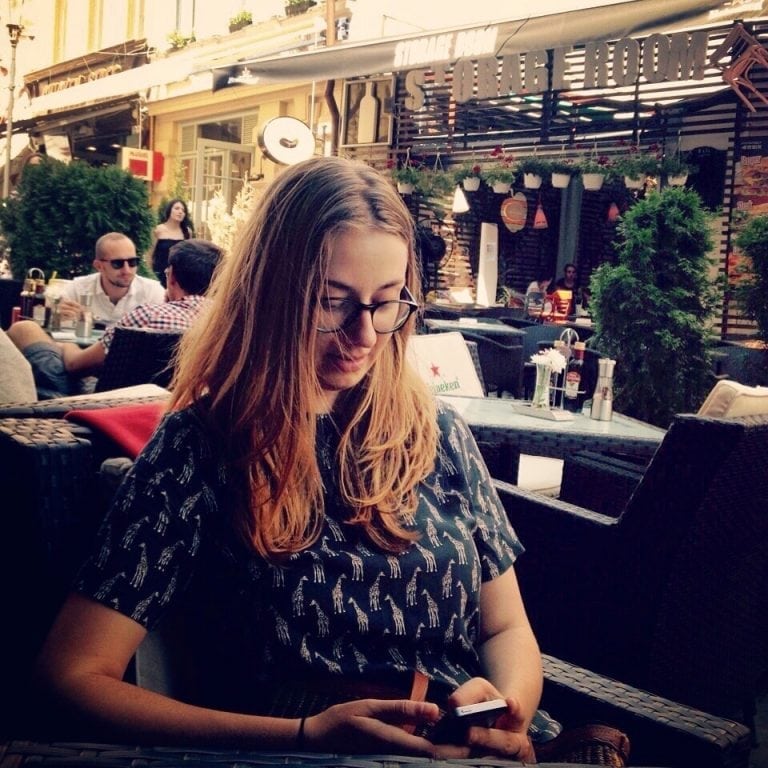Stove design flourishes where the needs of a culture butt against constraints of the environment, financial resources and distribution systems. The stove may comprise little more than a container, fuel and a hot surface, but within those elements exists a world of creativity and science. Thousands of variations in clean stove designs have been manufactured and sold or handed out in the world’s impoverished and underserved communities. Some work as intended, other do not. Those that work often have data to back up the claim. Research, rigorous testing and new performance standards under development now are revealing which stove designs and kitchen configurations can reduce emissions, fuel consumption and expenses. But even the most efficient stove will not work as advertised if it does not fit into the cook’s cultural context. Smoky kitchens will remain smoky if the cook uses a clean cookstove as a side burner for a three-stone cooking fire, for example.
Two maxims that global development engineers often use are these: No need to reinvent the wheel, and technology alone won’t solve a problem. One organization has manifested both to create four new stove designs for Latin American kitchens. Samaritan’s Purse Canada, the Canadian arm of the international Christian humanitarian aid organization, avoided reinventing wheels by starting with African and other established stoves as the base for their models. Then, acknowledging that the technology alone is not the solution, the stove design team adapted the stoves to the unique requirements of cooks in Nicaragua, Costa Rica, Peru and Bolivia. The adaption required research, cultural understanding and co-design with the users to create a product that may perform as hoped. Continued monitoring is assessing that assumption. Their experience yielded 13 lessons for stove designers, listed below. This is how they did it.
“We considered a wide variety of models used around the world and then created a localized version based on best practices, available resources, and input from the community.”
The Samaritan’s Purse team began work in the Central American country of Nicaragua in 2015, then moved on to South America before returning to Central America to design stoves in Costa Rica.
In South America, the stove designers worked in Peru and Bolivia modifying a traditional brick stove that was already in use in the region. They added a metal lid to improve heat retention and made cosmetic improvements to give it a better look, says Carolina Zuleta-Sanchez a project manager for Samaritan’s Purse Canada in Latin America and the Caribbean.
The team then took their experience with them northward to Costa Rica. They found that the South American brick ovens were not as well liked in Central America.
“They prefer a design that is not attached to the house, but one that they can build and bring,” Ms. Zuleta-Sanchez says.
Rather than asking the cooks to change how they work, the design team searched for stoves that might be a better fit in Central American cultures. They settled on an ACE stove design that is distributed in Sub-Saharan African countries. Then they modified it in tandem with the people who will cook on it.
“We considered a wide variety of models used around the world and then created a localized version based on best practices, available resources, and input from the community,” Ms. Zuleta-Sanchez says. “Each of the partners involve the beneficiaries during the construction and installation of the stoves. Peru and Bolivia need to do it in each of the houses. Nicaragua and Costa Rica have more flexibility to invite beneficiaries to the factory. There the beneficiaries can help with the construction and transportation of the stove to their houses in some cases.”
These are the modifications the designers made the ACE stove.
- Made them higher. The stoves were originally designed for cooks who prefer to be closer to the ground.
- Less concrete.
- More portable and unattached to the house.
- Simplified mold for easy manufacture after the design team left the region. The result was a mold in three separate parts that assemble into a stove.
- Metal legs to improve durability.
The Central American design works in its place, but it has not attracted much attention further south.
“Bolivia and Peru learned about that design but they said that for their culture, it may not work because concrete is more expensive and bricks are more affordable,” Ms. Zuleta-Sanchez says.
Thirteen Lessons Learned
Three years of stove design in Latin America have yielded these 13 lessons.
- It is crucial to involve the beneficiaries from the beginning and get their feedback about the design. That means discovering if they like it, if the height is good for the women, if the pot is placed well compared to what they are currently using, etc.
- Because the team couldn’t afford to build stoves for everyone in the community, they had to prioritize families with young kids, single mothers and families that likely can’t afford to pay for a stove in the future.
- Follow-up visits after installation are crucial to monitor stove adoption, frequency of usage, identify challenges, fix cracks or leaks in the roof from the installation of the chimney, etc.
- One habit change required is wood cutting. The cooks need to cut wood in smaller pieces than usual. For some that has been a slow change, so the NGOs need to monitor closely.
- The project needs to include training lessons in the usage and maintenance of the stove.
- The NGO needs to plan to have plenty of time to train one or two people in the community very well. Those people should learn how to build the stove after the NGO leaves. That can generate local employment and allow more people to get a stove.
- It is important that the beneficiaries contribute to the project, either with labor or materials, to take more ownership. Giving things away for free is not a good strategy of implementation.
- Only work with materials that can be found locally.
- Involving local authorities is key because they can help with materials and transportation costs.
- Conducting a baseline study before installation is necessary to compare the impact at the final evaluation.
- Part of the Samaritan’s Purse project included reforestation. A lesson learned in that work is to plant trees with the beneficiaries to ensure that they do it.
- Experiment with other materials for cooking fuel besides wood. Try corn, for example.
- Eye irritation caused by cooking in an open fire is a simple indicator that can be tracked.
The team monitors the impact of the stoves, but they don’t have enough data to say that the program has definitively reduced indoor air pollution or deforestation. But informal assessments indicate that it is working, Ms. Zuleta-Sanchez says.
Samaritan’s purse also has a stove program in Asia. For more on that please see “Tackling Indoor Air Pollution in Cambodia with Improved Cookstove Technology.”

